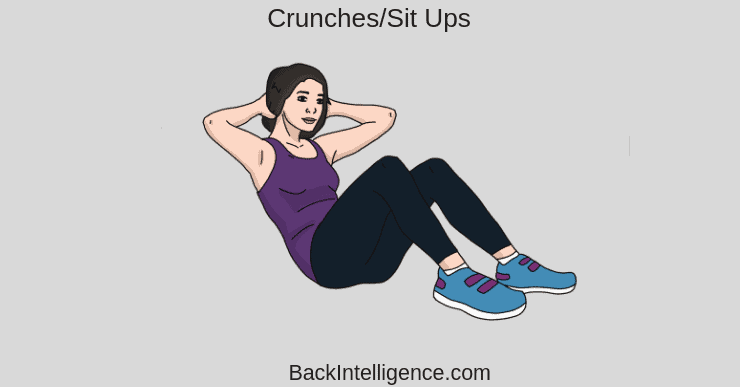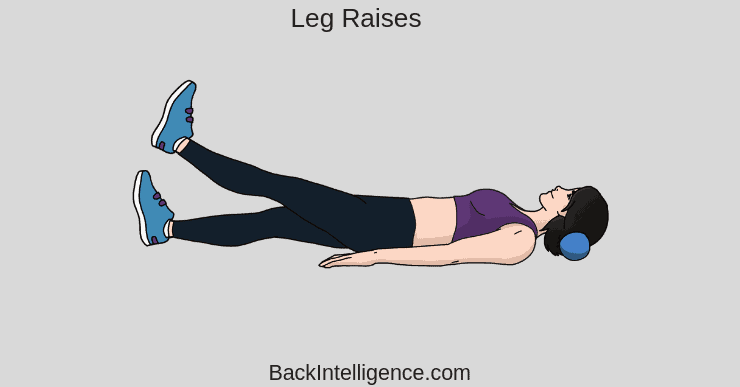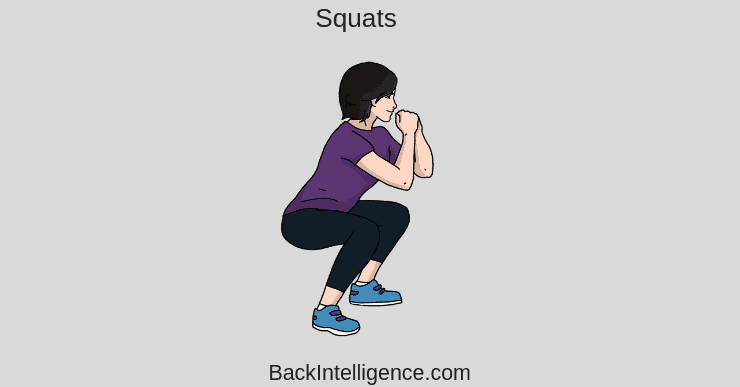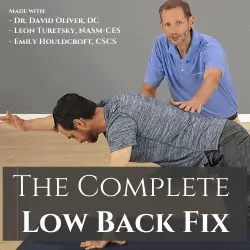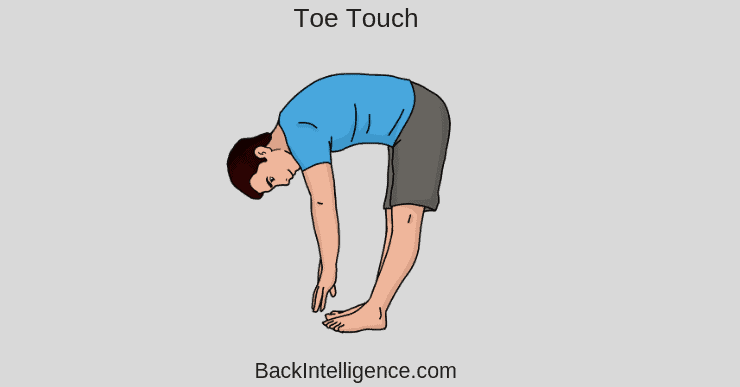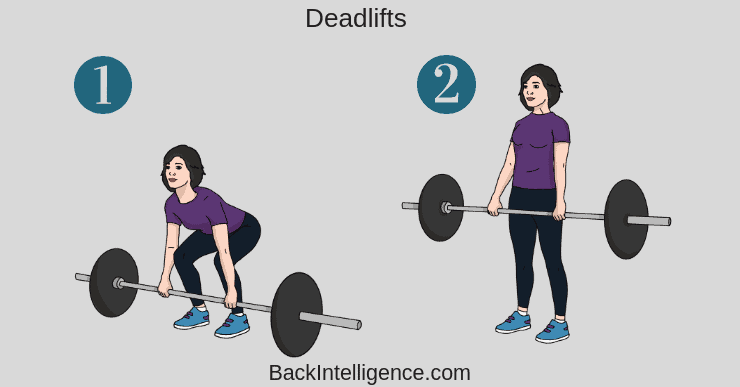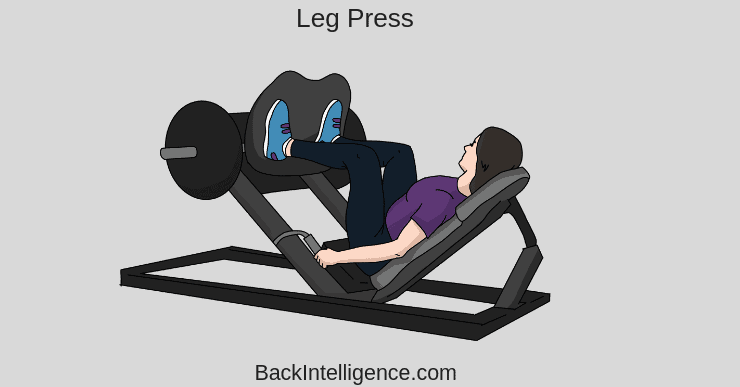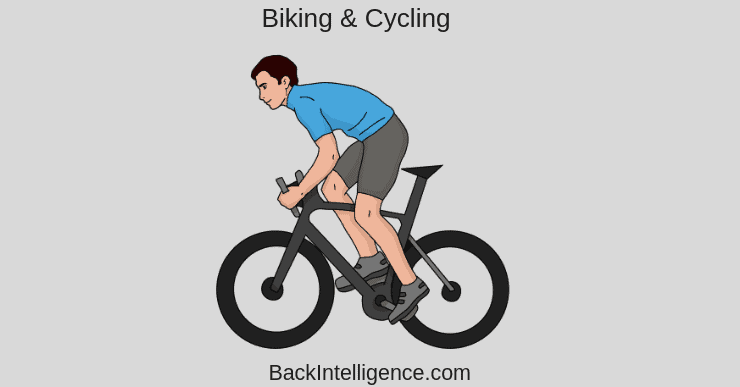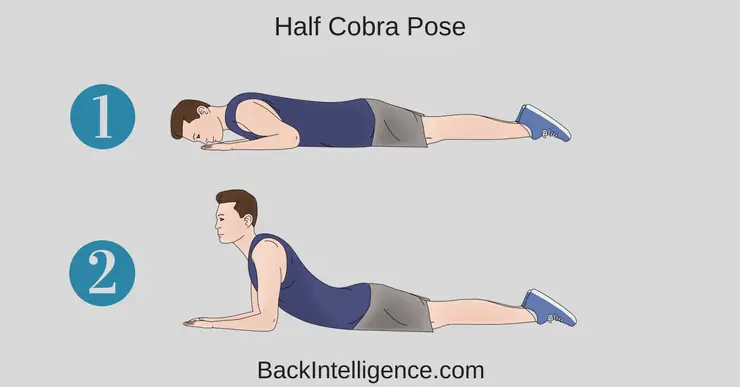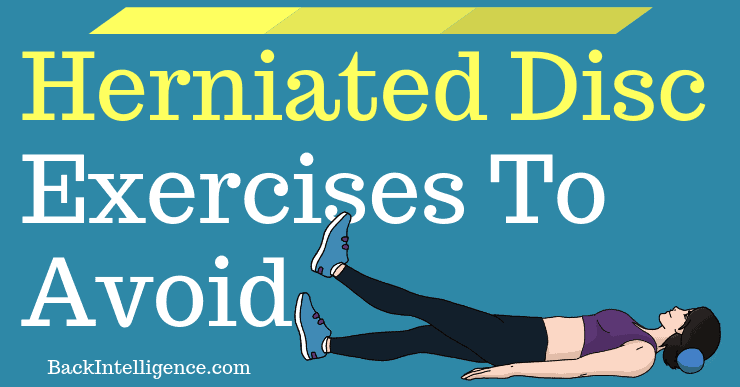
According to this research article The most common source of low back pain in individuals is degenerative disc disease and herniated disc in the low back.[1]
In our 7 safe exercises for herniated disc article we cover some of the exercises we recommend for you to try, but in this article (below) we list several herniated disc exercises to avoid, as well as some of the main activities one should not do with a herniated disc. Please note, these are applicable to a bulging disc also.
The general postures and activities you should decrease or avoid include:
• Excessive sitting (Especially in poor posture).[3][5]
• Bending forward (Spine flexion).[2]
• Lifting weights/heavy loads.[6]
• Picking things up in poor form or on the side of you.[5]
• Sleeping with spine in a “flexed position”.[2][3]
7 Exercises To Avoid For Herniated Discs & Bulging Discs:
#1: Sit Ups & Crunches
This popular exercise is one of the worst exercises for people experiencing herniated discs and sciatica. The forward flexion of the spine puts enormous pressure on the discs of your spine.
#2: Straight Leg Raises
Raising the leg can put a lot of pressure on the spinal discs, so it’s best avoided.
#3: Squats
The entire weight of the body can shift to the lower back during a squat, placing too much stress on the lumbar spine, which can aggravate disc herniation.
The Complete Low Back Fix (With Dr. Oliver, DC)
Ease your Low back pain, gain mobility and get back to the things you enjoy doing.
Learn More
#4: Standing Hamstring Stretch
This stretch creates a rounding of the lower back, which stresses the intervertebral discs in the lumbar spine.
#5: Deadlifts
This exercise is best avoided for people with a herniated disc because the heavy weight can stress the spine and discs.
#6: Leg Press
The leg press exercise has the legs coming up close to the chest and thus rounding the spine, which is not good for people with disc problems.
#7: Biking & Cycling
The posture required in biking and cycling is one where the person is hunched forward and this is not good for you lumbar herniated disc.
What to do instead?
Try The Cobra Pose – Extension Pose
How it helps – The Half Cobra Stretch helps to push the disc material back towards the center of the inter-vertebral disc to allow for improved healing. The goal of repeated lower back extension is the “centralization of symptoms”, which basically means pain that travels down the affected leg to the foot should come back up closer to the low back – which will in turn alleviate the pain.
How to do it
– Begin this exercise by lying on your stomach (prone position) and slowly prop yourself up on your elbows while keeping your hips in contact with the floor.
– Hold the prop-up position for 10-15 seconds before returning to the prone position (lying face down).
– Gradually increase to holding the end position for 30 seconds. Aim for 10 repetitions of this stretch.
Learn More
[1] Amin R, Andrade N, Neuman B. Lumbar Disc Herniation. Curr Rev Musculoskelet Med. 2017;10(4):507-516. doi:10.1007/s12178-017-9441-4
[2] Humphreys SC, Eck JC. Clinical evaluation and treatment options for herniated lumbar disc. Am Fam Physician. 1999 Feb 1;59(3):575-82, 587-8.
[3] Kumar S, Dunsford, Clarke. Integrating evidence into practice: use of McKenzie-based treatment for mechanical low back pain. J Multidiscip Healthc. 2011:393. doi:10.2147/jmdh.s24733
Corrective Exercise Specialist (NASM-CES), Certified Personal Trainer (NASM-CPT), Professional Dancer
As a long time back sufferer Leon found unique methods to alleviate his pain using natural methods including self massage, exercise/stretching and postural habits. He founded Backintelligence.com to empower others to fix their postures and ease their back pain from home.
